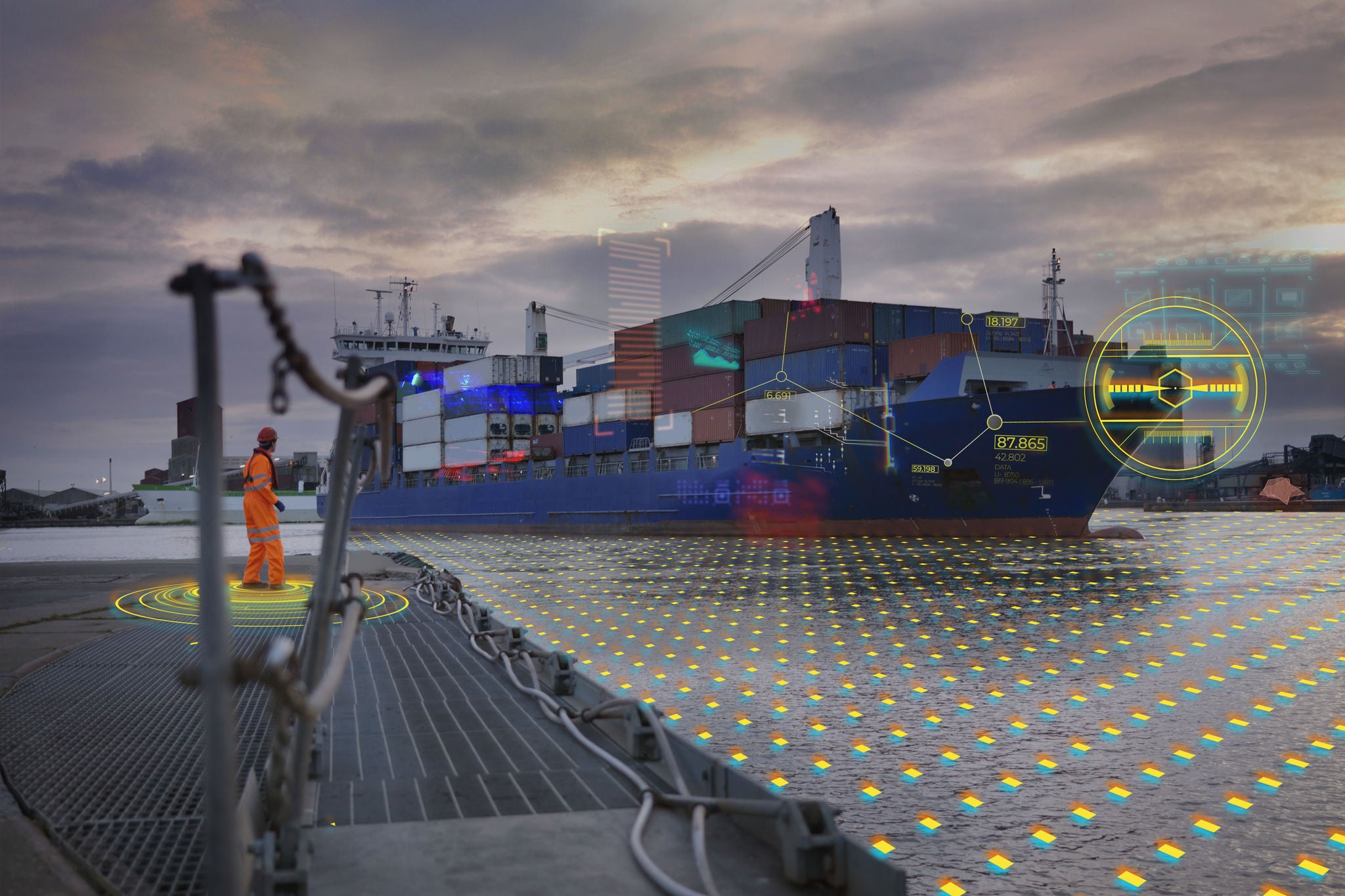EY refere-se à organização global e pode se referir a uma ou mais das firmas-membro da Ernst & Young Global Limited, cada uma das quais é uma entidade legal separada. A Ernst & Young Global Limited, uma empresa britânica limitada por garantia, não presta serviços a clientes.
Como a EY pode ajudar
As investors pour cash into the technology, executives are racing to determine the implications for operations and business models. For those who diligently pursue innovation guided by strategy and an understanding of the limitations — not by an impulse to chase after the latest shiny object — GenAI can prove to be an agile co-advisor and multiplier in strengthening supply chains.
There are limitations and risks to using GenAI in supply chains — especially when implementation is rushed or poorly integrated across organizations and supply chain networks. GenAI tools are only as powerful as their input data, so they are limited by the quality and availability of data from supply chain partners. Broadly, the risks that come with fewer human touchpoints — like lack of transparency or ethical and legal considerations — are best managed with strong governance and working with experienced partners.
However, what seemed like science fiction even a year ago is now being leveraged in real-world use cases across the end-to-end supply chain. These projects are enabled through GenAI’s ability to:
- Classify and categorize information based on visual, numerical or textual data.
- Quickly analyze and modify strategies, plans and resource allocations based on real-time data.
- Automatically generate content in various forms that enables faster response times.
- Summarize large volumes of data, extracting key insights and trends.
- Assist in retrieving relevant information quickly and providing instant responses by voice or text.
Leaders can integrate AI into these four building blocks of supply chain operations: plan, source, make, move.
Plan: generating simplicity with AI
GenAI adds simplicity to interactions throughout tech-enabled planning efforts. The “chat” function of one of these GenAI tools is helping a biotech company ask questions that inform its demand forecasting. For example, the company can run what-if scenarios on getting specific chemicals for its products and what might happen if certain global shocks occur that disrupt daily operations. Today’s GenAI tools can even suggest several courses of action if things go awry. Risk management may be the most promising area for GenAI’s input, particularly in preparing for risks that supply chain planners haven’t considered.
Global Fortune 500 companies and government organizations are developing GenAI tools with partners to map and navigate complex supplier networks. These tools make it easier to plan for alternative suppliers in the event of a disruption and offer product tracing platforms to meet regulatory or ESG requirements.



